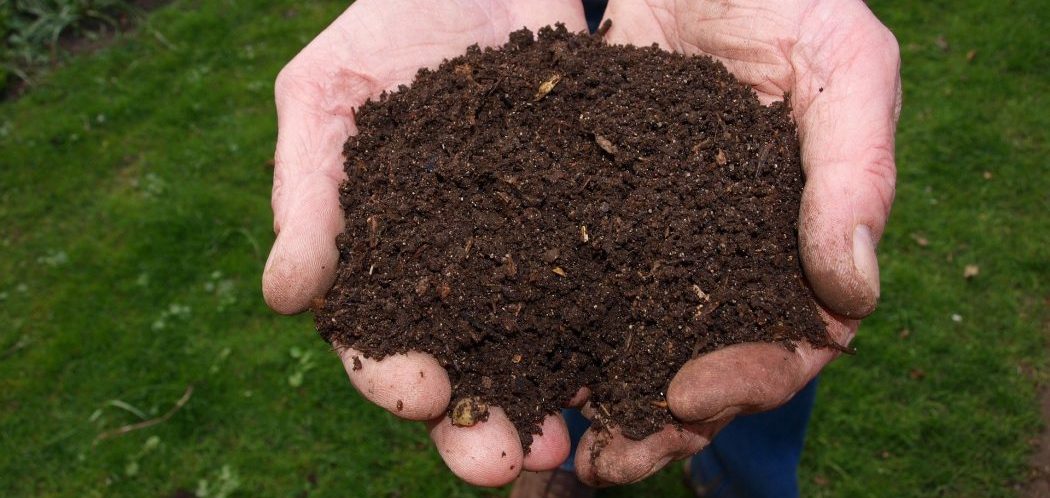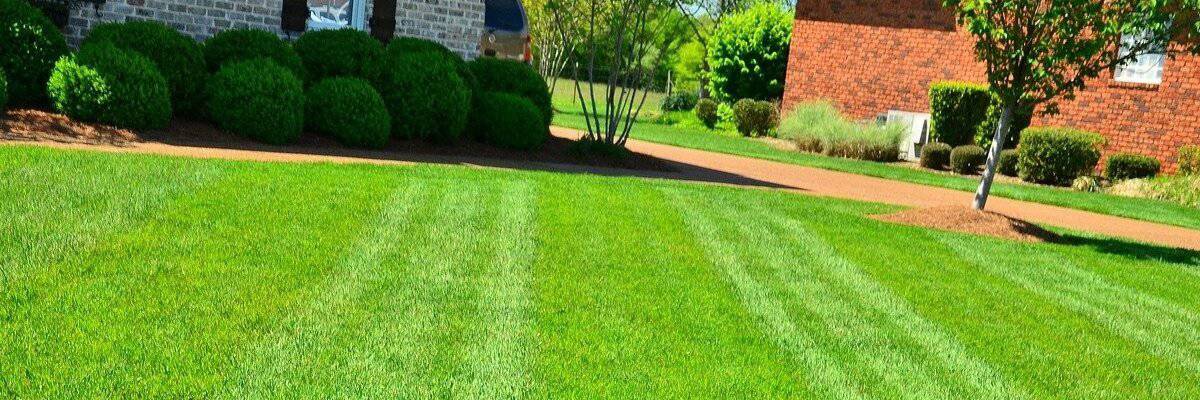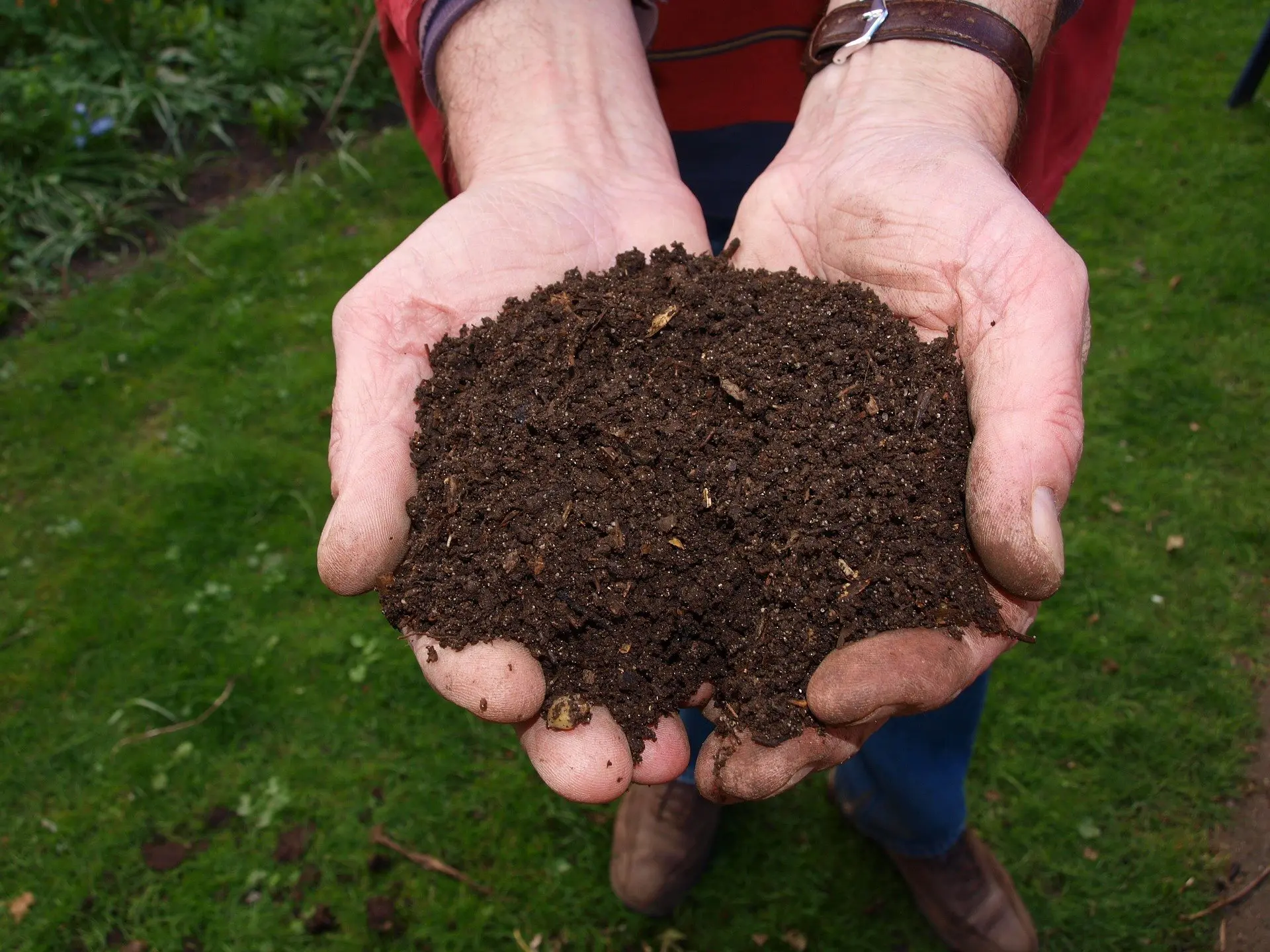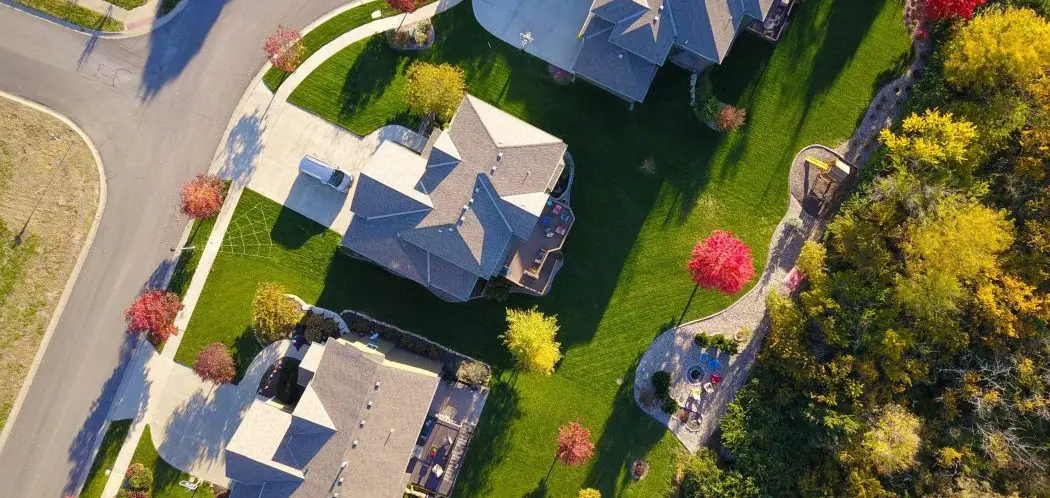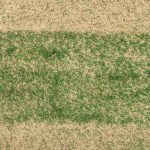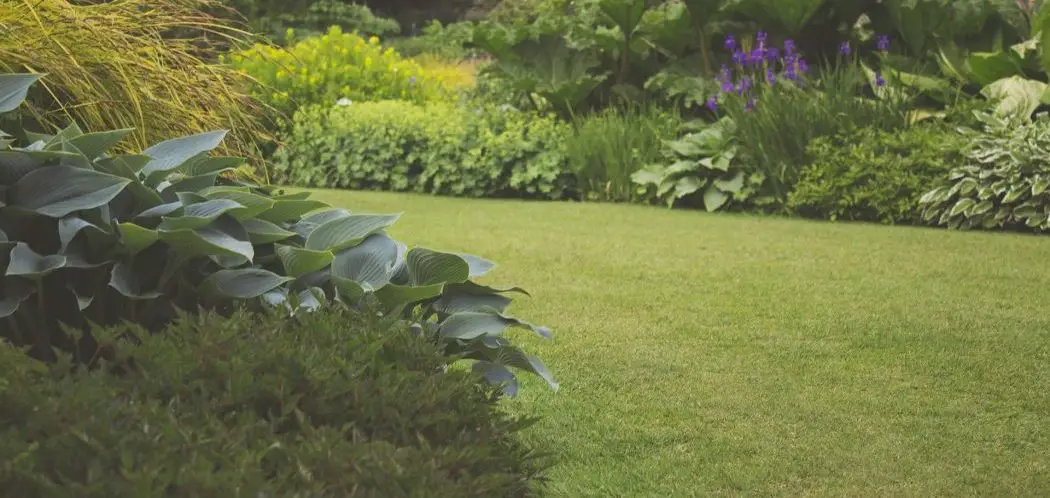Leveling is the process by which small defects in an area are corrected. This is most commonly done by topdressing. Topdressing is adding organic material to the top layer of soil. The bulk of the material can even out bumps and depressions in your lawn.
Compost reduces the need for commercial chemical fertilizers making it popular among natural and organic growers.
Can you level a lawn with compost?
Compost can be used to level a lawn. It helps to fertilize the soil it is added to. When used in combination with other materials for topdressing, it can provide vital nutrients to enable growth of the grass below it. Compost should never be used alone to level a lawn.
Compost Only Leveling
Compost should never be used alone to level a lawn!
Compost is made of various organic materials. These organic materials do eventually break down. If you used only compost to correct a hole in your yard, once the compost breaks down, you will find the hole is close to its original depth.
As the compost breaks down, it releases chemicals into the surrounding soil. These chemicals include carbon, nitrogen, phosphorus, potassium, and so much more. These are all chemicals that are vital to plant growth, but too much of any of these elements could result in a lawn disaster.
When too much nitrogen is present in the soil, growth of the plant is increased excessively. This creates moisture competition among the grass’s roots, and if the plants grow too densely, they are more susceptible to disease and thatch overgrowth. Thatch overgrowth can smother plants to death. Too much nitrogen can also result in a lower tolerance of temperature changes.
Excess of phosphorus in the soil results in plants being unable to absorb vital micronutrients such as zinc and iron. Grasses such as St. Augustine grass are prone to deficiencies of these micronutrients. Iron is responsible for the synthesis of chlorophyll in plants. To correct an iron deficiency, you would need to add sulfur to the soil. This will lower the pH of the soil, making iron more bioavailable.
Similar to phosphorus, too much potassium in the soil will affect the rate at which plants absorb other nutrients.
These deficiencies result in yellowing or bleaching of the plant. No one will notice the unevenness of your yard, they will be too distracted by the unattractiveness of your grass. Grass and surrounding plants will die quickly if nutrient deficiencies are not corrected.
If the compost you’re using isn’t fully mature, it will continue to age and break down in your yard. This increases the likelihood of nutrient overdose in the soil. The heat produced by the process could potentially burn your grass as well. Compost can reach temperatures of 120 to 170 degrees Fahrenheit.
Compost Maturity
When compost has fully matured and returned to a neutral temperature, it is referred to as cured compost. Cured compost can be identified by its look and smell. The compost should look like dark, crumbly soil with no apparent signs of organic material. It should have an earthy smell, much like topsoil. It should not smell like ammonia or decomposing banana peels.
Immature compost could also contain plant pathogens such as bacteria and fungus. These pathogens could harm your plant or the soil they come into contact with. Compost that hasn’t finished curing could also contain parts of weeds or their seeds. You do not want to add these to your lawn. The weeds are unsightly and compete with your grass for moisture and nutrients.
Phytotoxins
The decomposition of compost can also leave behind phytotoxins. Phytotoxins are harmful substances produced by plants. Some plants have defense mechanisms, and phytotoxins are one of those mechanisms. Subsets of these phytotoxins can deter insects. Insects are vital to the ecosystem of your lawn. Insects such as ladybugs feed on aphids, a harmful pest in any lawn. Flying insects are responsible for pollination.
What Materials Can You Use to Level a Lawn?
Commonly used materials for leveling are topsoil, sand, and compost. The ideal mix for leveling is all three of these materials mixed in equal parts.
Using topsoil alone will not provide sufficient drainage for the area. Water will quickly accumulate, and as it is absorbed into the base soil, more depressions can form.
Sand will greatly improve the drainage of an area, but it should not be used alone to combat uneven lawns. Sand allows water to pass through it quickly. This environment is not suitable for growing grass as the planet will be deprived of water and nutrients.
When Can I Use Compost on My Lawn?
The only time compost can be used alone on your lawn is when you’re fertilizing the grass. Even in that instance, you should be careful to choose a compost with a particle size of 3/8 of an inch or less. This will ensure the compost settles into the soil instead of smothering your grass blades.
If your lawn is not yet established, you can apply a thin layer of compost after you have seeded the barren area. This layer will seal in moisture and provide nutrients to the grass seeds.
You can also use ericaceous composts to modify the soil when it is warranted. If your soil is neutral or alkaline, but you’d love to grow an acid-loving plant such as a hydrangea, it’s appropriate to treat the soil with compost before planting and seasonally.
What Should I Use for My Lawn?
You should become familiar with your soil’s composition. Soil core testing can be performed by you or with the help of a professional. There are many kits available online. I use this one (link to Amazon).
These kits include the materials you need to collect a sample of your soil and information on where to send the sample for testing. Professional landscaping services can look at your soil and identify it, or they can direct you to a facility that does the testing.
Once you are aware of the composition of your soil, you can be confident in what you add to it.
Lawns that need more nitrogen can benefit from the addition of compost made with blood meal, bone meal, manure, lawn clippings, and vegetable scraps.
Compost containing manure tends to be high in phosphorus as well.
Is your soil lacking carbon? Look for a compost containing ingredients such as hay, straw, leaves, pine needles, sawdust, or wood chips.
Manure by itself is not a suitable compost for a lawn as manure tends to have a high salt content. High salinity in the soil weakens plants and causes their roots to rot.
The Recommended Ratio for Topdressing
The Recommended Ratio for Topdressing to Level a Lawn Is Equal Parts of Sand, Topsoil, and Compost.
Commercial topdressing mixes typically contain growing medium, seedlings, and fertilizer. Not all of these components are needed when topdressing to level a lawn. Creating your own topdressing mix is more economical, and it is highly customizable.
For a neutral lawn that is not plagued by chemical imbalances with loamy soil, the ideal ratio for a top dressing mix is equal parts topsoil, sand, and compost.
However, if your soil has a high-sand content, you could lessen the ratio and add more compost to supply the soil with micronutrients or more topsoil for a neutral growing medium.
Soils that are clay based will drain slowly. Clay-based soil makes it difficult for plants to get the adequate nutrients they need since particle transmission is slower in these soils. If your soil is clay based, add more sand to your topdressing mixture.
Sharp sand (also called concrete sand) is the best sand option to add to your leveling mix. Sharp sand has small grains with jagged edges. This will make it least likely to be swept away by rain and water unlike river sand. Beach sand and play sand have very fine particle sizes, making it easier for them to be eroded by water.
For the topsoil, there isn’t much deciphering to do. You should pick a topsoil that doesn’t contain any additional fertilizers or composted material. Doing so could result in a chemical imbalance and may overdose your lawn on one of the many nutrients found in compost.
How to Level a Lawn with Your Homemade Mix
For small holes and depressions, simply fill the intended area with your topdressing mix. You can do this by applying small layers at a time, giving them a few weeks to settle, and then applying more if applicable or if you’re looking to preserve any grass currently growing in the depressed area. If you do not care about the grass, you can just dump your desired amount of topdressing mix into the hole until it is level with the rest of your lawn. You can always reseed the area at a later date.
For larger holes, you may need to lightly dig out the hole by digging around the perimeter of it. Then, fill in the freshly dug out area with your topdressing mix. Cover with the misplaced dirt and grass.
In both cases, promptly water the area once it is level.
I’ve also had success in spreading the mix using this Seymour compost spreader (link to Amazon).
In Summary
While you can’t use compost alone to level your lawn, it plays a vital role in lawn care. Without it mixed with the sand and topsoil, your newly levelled areas won’t receive the boost of nutrients they will desperately need.

